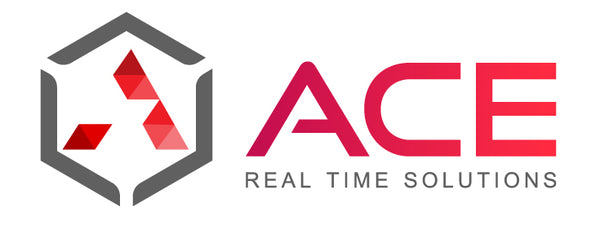Industrial Efficiency: The Strategic Implementation of Solar Panel Systems
Share
In today's industrial landscape, energy costs and environmental considerations are increasingly critical factors affecting operational efficiency and bottom-line performance. As manufacturing facilities and warehouses face mounting pressure to reduce carbon footprints while controlling expenses, industrial solar panel implementation has emerged as a powerful solution. However, many operations managers struggle with identifying the right approach to solar integration that delivers maximum ROI while minimizing disruption to existing processes.
The Industrial Solar Advantage: Beyond Basic Energy Savings
Industrial facilities represent ideal environments for solar panel implementation due to their expansive roof spaces, high energy consumption patterns, and operational hours that often align perfectly with peak solar production. Unlike residential installations, industrial solar systems can be strategically designed to address specific operational demands, from powering energy-intensive manufacturing equipment to supporting critical backup systems during grid instability.
The most forward-thinking industrial operations are leveraging solar not just as a sustainability checkbox, but as a comprehensive power strategy that provides measurable competitive advantages through reduced operational costs, enhanced energy security, and improved resilience against increasingly volatile energy markets.
Strategic Planning: Key Considerations for Industrial Solar Implementation
Before embarking on an industrial solar project, facility managers should conduct a thorough energy audit to identify consumption patterns, peak usage periods, and critical power requirements. This baseline assessment serves as the foundation for designing a system that addresses specific operational needs rather than simply installing maximum capacity.
Consider evaluating rooftop structural integrity, potential ground-mount options in unused land areas, and even carport solar installations that provide the dual benefit of covered parking while generating power. The most effective industrial solar implementations often combine multiple installation approaches to maximize generation capacity while working within existing spatial constraints.
When selecting components, prioritize industrial-grade solar panels and inverters designed specifically for commercial applications, with proven durability in challenging environments and enhanced resistance to dust, temperature fluctuations, and other industrial conditions that might compromise performance.
Integration with Existing Power Infrastructure
Seamless integration with existing electrical systems is critical for minimizing disruption during implementation. Consider phased approaches that allow for testing and optimization before scaling to full capacity. Advanced monitoring systems that provide real-time production data and predictive maintenance alerts can significantly enhance operational visibility and system reliability.
For manufacturing operations with critical processes, pairing solar panels with UPS (Uninterruptible Power Supply) systems creates a robust power continuity solution that protects sensitive equipment from both grid failures and momentary power fluctuations that could otherwise trigger costly production shutdowns.
Maximizing ROI Through Strategic Incentives and Financing
The financial landscape for industrial solar implementation has never been more favorable. Beyond the obvious operational savings, facility managers should actively pursue available tax incentives, accelerated depreciation benefits, and potential production credits that can significantly improve project economics.
Consider innovative financing approaches such as Power Purchase Agreements (PPAs) that require zero upfront capital while providing immediate operational savings. For organizations with strong balance sheets, direct ownership often delivers the strongest long-term returns while providing valuable assets that appreciate as energy costs continue to rise.
Conclusion: Powering Industrial Innovation Through Solar Implementation
Industrial solar panel systems represent far more than simple green energy initiatives—they're strategic investments in operational resilience, cost control, and long-term competitive positioning. By approaching solar implementation with careful planning focused on specific operational requirements, industrial facilities can achieve significant energy independence while establishing sustainable cost advantages in increasingly competitive markets.
As energy markets continue to evolve and grid stability challenges grow, proactive solar implementation provides industrial operations with unprecedented control over one of their most critical operational inputs. The question is no longer whether industrial solar makes sense, but rather how quickly organizations can implement strategically designed systems that deliver maximum operational benefit.
Ready to explore how customized solar solutions can transform your industrial operation's energy profile? Visit acerts.com to learn how our team can design, implement, and support industrial-grade solar panel systems tailored to your specific operational requirements. Have you identified your facility's critical power requirements that could benefit most from solar integration?
